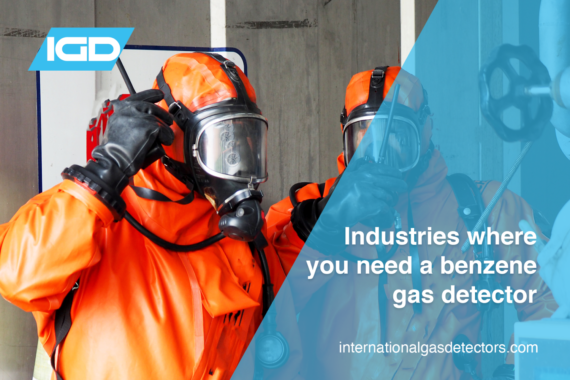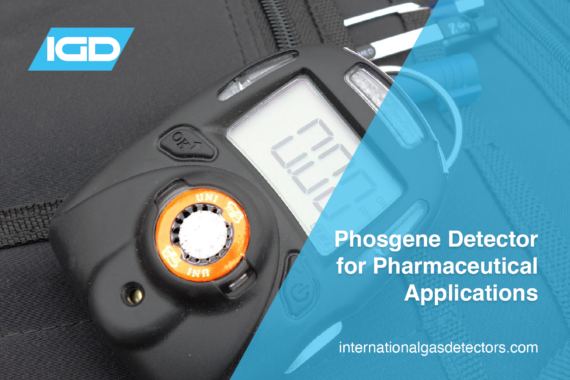Portable gas detectors play a vital role in industry and research by protecting personnel from unpredictable gas hazards as they move from place to place. In this article, we’re looking at why portable gas detectors are often an essential part of any gas detection strategy.
Why Healthcare Facilities Need Nitrous Oxide Gas Detectors
N2O is very common in the healthcare industry, used for a wide range of different reasons and being one of the most utilised gases in this industry. It is important to understand what this gas is and where it is used, along with what it is used for to understand why and where you need a nitrous oxide gas detector. It is also vital to understand the dangers of N2O, especially if working in the healthcare industry, as there are common misconceptions to just how dangerous this gas can be. This article delves into all of these things as well as the best available nitrous oxide gas detector solution to keep personnel safe. Read on to find out more.
How Do We Monitor VOCs and Why Do We Use VOC Detectors?
VOC’s are extremely common and can be from surprising sources. Each VOC comes with its own exposure hazards and reasons these need to be monitored, these can be found by accessing each materials Material Safety Data Sheet (MSDS). But how are these monitored? And why do we monitor these gases? These questions will be answered in this article to help provide a basic understanding of VOC gases and the dangers.
Portable Detection for the Firefighting Industry
It is vital to have adequate detection for the hazards you are encountering. Due to the range of gases it is possible to encounter, there is an equating number of portable gas detectors to be utilised in this application. This includes handheld multi gas detectors such as the POLI and MGT as well as handheld VOC monitors like the NEO. Read on to find out more about the hazards of firefighting and IGDs detectably better solutions.
New Sensor Additions to our MPower Range
IGD are proud to announce that we are further extending the sensor range in the Mpower portable products. Our partnership with Mpower and the new sensor additions, now extend our portfolio of portable
detection into various industries sectors that we couldn’t before.
Combining Fixed and Portable Gas Detectors for Complete Solutions
Gas detectors are usually categorised as either being fixed, portable or transportable. All of these types have a range of methods of detecting gas or vapour hazards and have their own strengths and weaknesses. Selecting the correct solution depends on the circumstance of operation, topography of the site or application and the nature of the gas hazard. For example fixed systems are impractical for sewer workers operating in confined spaces. This type of application suits a portable personal gas detector. Similarly an indoor process in a lab or production facility requires 24 hour monitoring, something a portable detector cannot provide. In some instances a combination of both fixed and portable provides the best solution so correct assessment of the hazard and best available technology to monitor is vital.
What is a Sewer Gas Detector?
In the sewer industry (wastewater) there can be a plethora of hazards encountered by personnel. Not only do personnel frequently enter confined spaces, but these areas are filled with decomposing waste and other hazardous materials. Gases emitted from these materials as well as the need to monitor O2 depletion levels are of the utmost importance in these environments. Therefore, we would need to employ a Sewer Gas Detector, otherwise known as a multi gas detector. Read on to find out more about the sewer gases and the industry around it, in addition to the ideal Sewer Gas Detector for your industry.
Industries where you need a Benzene Gas Detector
Benzene gas can be found in a wide range of applications, mostly being environmentally related such as petroleum and process industries. Benzene is a liquid at room temperature but quickly turns vaporous in the atmosphere, meaning this can be highly prevalent in these industries. . This article will delve into where benzene gas is found, the dangers associated with this substance and IGDs detectably better Benzene Gas Detector solutions to help mitigate the risks of this gas.
Utilising a Phosgene Detector for Pharmaceutical Applications
IGD recently supplied Phosgene detectors to a pharmaceutical company in the UK, helping them in mitigating their Phosgene gas hazards. Our effective Phosgene Detector provided the client with everything they needed and ended up being a detectably better for their application. Read this case study to find out more about this unique gas hazard for pharmaceutical applications.
Implementing a Nitrous Oxide Monitor for Pollution Mitigation
The recent COP 26 summit in Glasgow made a large amount of promises in regard to pollution management. One of the main focuses of this summit was the mitigation of climate change, including the reduction of N2O gas emissions. Implementing a nitrous oxide monitors is proven to be the most effective way to reduce your N2O emissions, but why do I need to do this? And what is the most suitable, detectably better device for my application? Read on below for the best advice from our team of experts.










